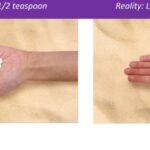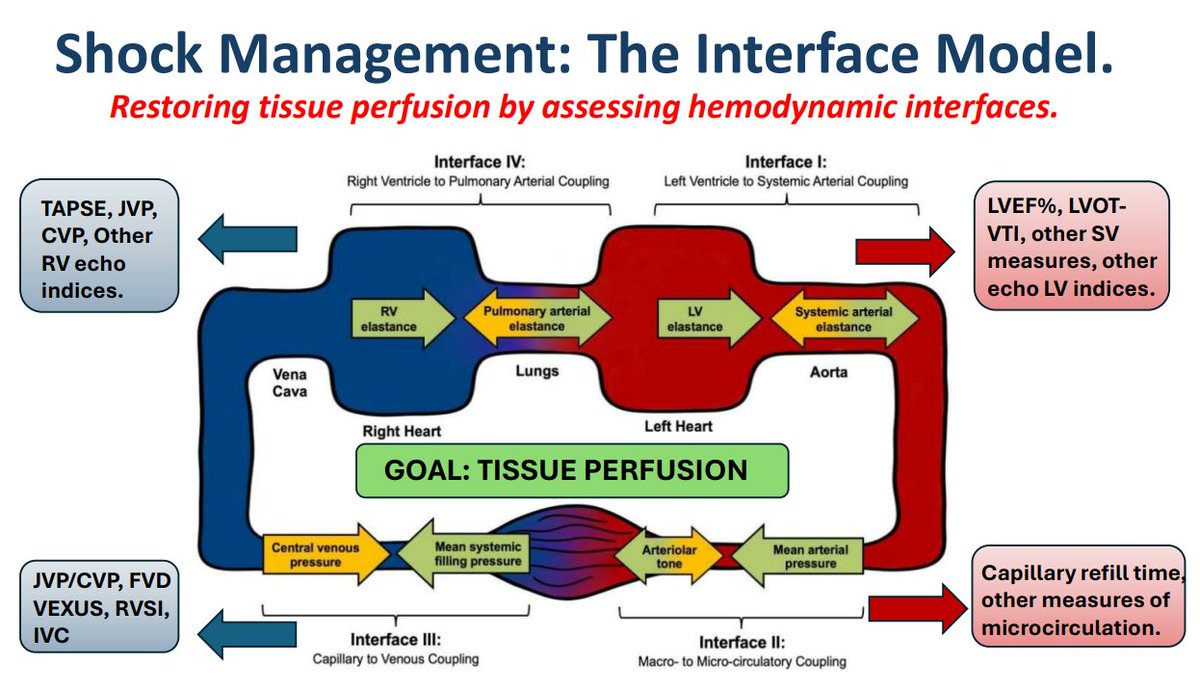Today, let’s talk paracentesis! This is really not resuscitation, but there is so much silliness attached to this procedure that I just wanted to put some thoughts out there.
Diagnostic Taps
Indication
In a patient presenting with illness, the indication is the presence of ascites. SBP is a silent killer!
Fluid Analysis

The serum-ascites albumin gradient (SAAG) has been proved in prospective studies to categorize ascites better than the total-protein–based exudate/transudate concept and better than modified pleural fluid exudate/transudate criteria.11, 35 Calculating the SAAG involves measuring the albumin concentration of serum and ascitic fluid specimens obtained on the same day and subtracting the ascitic fluid value from the serum value. If the SAAG is ?1.1 g/dL (11 g/L), the patient has portal hypertension, with approximately 97% accuracy.11 Patients who have portal hypertension plus a second cause for ascites formation also have a SAAG ?1.1 g/dL.
Put the cultures in blood culture bottles (at least 10 ml in each)
Should We Perform Large Volume Paracentesis in the ED?
EASL Guidelines [1-s2.0-S0168827818319664-main]
Patient Assessment
Coagulation/Platelets
Preprocedure Coags are unnecessary Guidelines and [15660431] & [10.1002/hep.20317]
Equipment and Set-Up
Safe-T-Centesis
I stock 6F version
What if you Don’t Have a Commercial Cannula?
Why not Glass Bottles?
- They are a glass bottle full of pathogens (Hep C can be transmitted from ascites)
- They are a pain to dispose
- They are a pain to stock
- They are more expensive
- They have variable suction
- They need to be changed every liter=PITA and exposure to pathogens
Wall Suction
RCT of Wall Suction vs. Glass Bottles used 200 mm Hg [10.1177/1756283X14532704]
This study used 100 mm Hg [10.1136/gut.2011.239301.520]
Renova RP Pump is a commercial device that does the same thing
Multipurpose Adaptor (Male Luer to Male Tubing)
Cook Medical G05302
What Suction do Various Devices Generate?
Kelil et al. [10.1007/s00261-016-0634-x] performed a retrospective study on the use of wall suction to do paracenteses, but in the course of the study they also measured the suction of various other devices we use. Here are the results:
The maximum wall suction pressure at our institution was manometrically confirmed at -527 mmHg (-716 cmH20). The wall suction gauge was accurate to within ±13 mmHg at various pressure settings when compared to the manometer. By comparison, a 60 mL Luer Lock syringe with plunger fully retracted generated a suction pressure of -590 mmHg (-802 cmH20), and the initial Fig. 2. A manometer (white arrow) confirms a maximum wall suction pressure of -527 mmHg when attached to the wall suction source with the regulator dial set beyond the maximum scale of 200 mmHg (blue arrow). Manometer reading from a 1000 mL empty evacuated bottle was -709 mmHg (-963 cmH20). The commercially available peristaltic pump yielded a suction pressure of -422 mmHg (-600 cmH20).
Positioning and Site Choice
Pt sitting up 45 degrees
2 cm below the umbilicus
Make sure you are not going to hit the bladder
At Least Static Ultrasound Always!
Performing the Procedure
Z-Track
RCT showed no difference with going straight in [10.5604/16652681.1231589]
Modified Z-Track
Should We Leave in the Cann
Avoiding/Dealing with Complications
Fluid Leak
I like horizontal mattress, skin glue, then remove the stitch
Paracentesis-Induced Circulatory Dysfunction (PICD)
Should we Administer Albumin?
AASLD 2021 Practice Guidance – Diagnosis, Evaluation, and Management of Ascites, SBP, and HRS
- Source: Biggins et al., Hepatology, August 2021
- Section: Management of ascites
“In patients undergoing LVP (≥ 5 L), administer albumin (6–8 g per liter removed of 20 or 25 % albumin solution)”
and [19475696]
6-8 g per liter evacuated if >=5 liters taken off
These patients should be observed as well
Additional Info
You Need an EMCrit Membership to see this content. Login here if you already have one.












